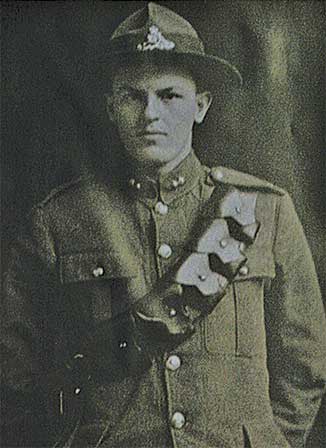
The current exhibition at the Heritage Bank Museum features members of Otaki and Te Horo families who served in WW1.
Among them were three Cook brothers, George, Alfred and Samuel, along with Rikihana (Bunny) and Hohepa (Harry) Carkeek and Pirimi Tahiwi, to name a few. Pirimi led the New Zealand contingent at the first Anzac Day parade in London. He also served in the Maori Battalion during WWII.
Te Horo farmer Henry Best and Robert Staveley who had a law firm in Mill Road; his office is now the Raukawa dairy, were among those who served overseas.
Roland Pole lived in Otaki from 1910. He was sent home as “unfit for service”, and a month later he re-enlisted in April 1915, and a month later he embarked on the Moldavia and served at the No1 Stationery Hospital in Port Said. Later that year he embarked on the hospital ship Marquette and died when it was torpedoed and sank on October 23, with the loss of all on board.
Among the women was Sister Ethel Lewis who was working in the Native Nursing Service in Otaki before she joined the New Zealand Nursing Service.
Although Charles Powles didn’t come to Otaki until he retired in 1930, he had quite a remarkable history of war service. He was a member of the NZ Mounted Rifles and enlisted with the Rough Riders during the earlier Boer War in South Africa. When he returned, while he had a farm, he also managed Ostler’s Mill in Otaki for Campbell’s Land Company Mill in Te Horo. His horse Bess served with Powles in Egypt in 1915, the Sinai a year later, 1917 Palestine followed by France and completing their service in Germany in 1919. Together they marched in the victory parades in Berlin and England in 1920 before returning to NZ in ’22. Bess was one of only four horses to return to NZ from the 10,000 acquired by the NZ armed forces during the years of battle.

A film was made based on Bess’s time in “service” and she became quite famous.
Harry Edhouse grew up in a farming family in Manakau, He served in WWI and after his return tried his hand a retailing at the DIC store in Wellington and later opening his own business the iconic Edhouses Family Store in 1923. The business was carried on by his son Don until it closed September 2014 after serving the greater Otaki region for 91 years.
The government took over the Otaki Sanatorium hospital in 1917 as a treatment hospital for returning soldiers with tuberculosis; it was one of two sanatoriums set up for affected soldiers.
The New Zealand Steam Ship Company’s merchant ship Otaki

Among the exhibits is a painting by Otaki artist Wallace Trickett, of The New Zealand Steam Ship Company’s merchant ship Otaki, in the service of the British Admiralty.
The story of the sea battle between the SS Otaki and the German raider Moewe has lasting connections to the Otaki township, with the annual visit of the Otaki Scholar, a pupil from Robert Gordon’s College, the shield and scholarship commemorating the historic battle and its captain.

Closing 28 February
The current exhibition will close on February 28 and the museum’s volunteers will spent the next two weeks taking down some of the exhibits. New exhibits will be mounted while still covering the 100 years since the beginning of WWI, will focus on Gallipoli and Anzac Day. This new exhibition will open on March 12.

